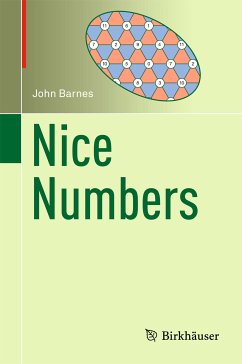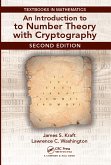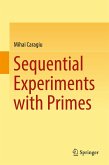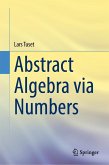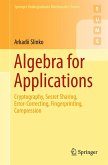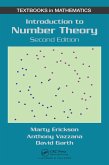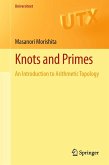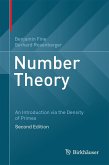Written in an engaging and witty style and requiring only basic school mathematical knowledge, this book will appeal to both young and mature readers fascinated by the curiosities of numbers.
Dieser Download kann aus rechtlichen Gründen nur mit Rechnungsadresse in A, B, BG, CY, CZ, D, DK, EW, E, FIN, F, GR, HR, H, IRL, I, LT, L, LR, M, NL, PL, P, R, S, SLO, SK ausgeliefert werden.
"The lectures comprise the ten chapters of the book. ... the book is suitable for any reader who can do high school level mathematics and has the interest and curiosity to follow Barnes on his wide-ranging explorations. Each chapter ends with suggestions for further reading; most chapters have someexercises for the reader to attempt ... ." (Michael Caulfield, MAA Reviews, July, 2017)

